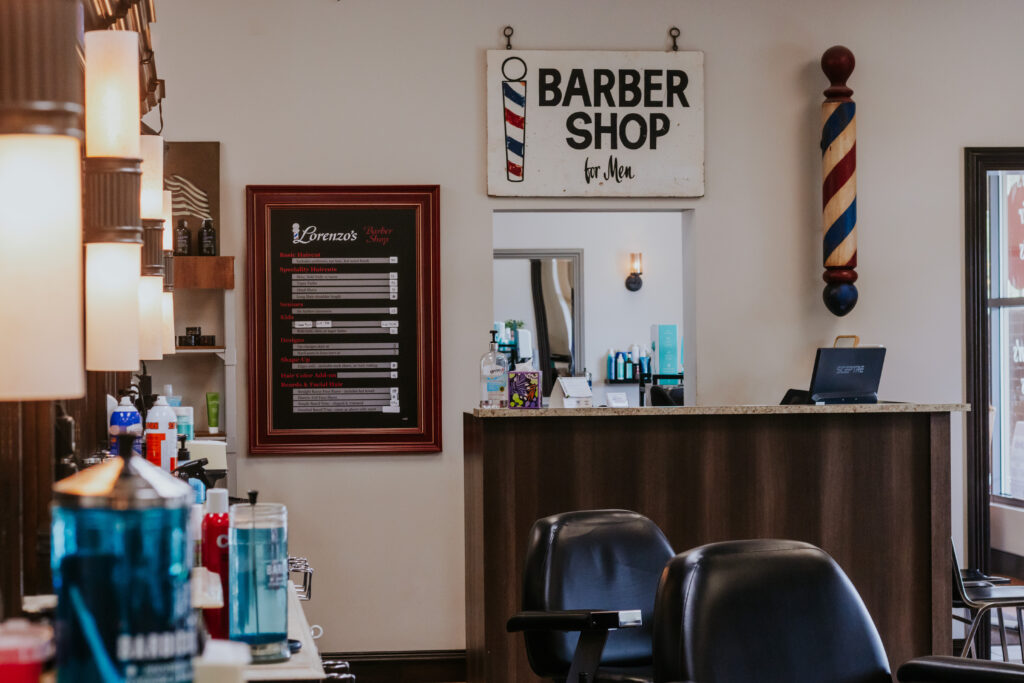Barbershops in New York City are more than just places to get a haircut; they serve as important cultural hubs that help define community identity and foster connections among residents. These establishments have a long heritage in urban settings, acting as meeting spots where individuals from varied backgrounds come together. In many areas, barbershops are often the initial venue where clients can participate in discussions about local issues, exchange stories, and forge relationships. This distinct role makes barbers not only talented professionals but also community curators who add to the community fabric of their neighborhoods.
The environment in a barbershop is often vibrant and inviting, creating a space where people feel comfortable expressing themselves. Barbers are known for their ability to connect with clients, often participating in talks that range from sports to current events. This interaction helps to create a sense of belonging among patrons, as they discuss their experiences and viewpoints. In many instances, barbershops mirror the ethnic diversity of the areas they serve, showcasing different haircuts, grooming techniques, and even music that connect with the local population. This social exchange enhances the experience for everyone involved and strengthens community ties.

Barbershops also play a key role in preserving cultural heritage. Many barbers have been educated in particular techniques that are transmitted through ages, guaranteeing that unique styles and practices are not lost over time. For example, certain haircuts and grooming methods may be linked to cultural heritage, allowing clients to express their identity through their appearance. By maintaining these traditions, barbershops help to keep cultural narratives alive, providing a sense of pride blog link and continuity for local members.
In furthermore to their cultural importance, barbershops often participate in community service and assist local causes. Many barbers take an proactive role in addressing social issues, such as learning and health education, by organizing events or offering resources to their patrons. This engagement shows a dedication to the health of the neighborhood and encourages a feeling of duty among barbers. By using their influence to encourage positive change, barbershops become essential players in the local area, further solidifying their role as cultural curators.
In conclusion, barbershops in NYC serve as crucial places for cultural interaction, community development, and identity creation. They provide a distinct environment where people can bond, exchange, and honor their diverse backgrounds. As cultural curators, barbers not only shape the way people present themselves but also influence the broader community dynamics. By understanding the importance of these establishments, we can appreciate the vital role they have in building connections and maintaining cultural traditions in city settings.